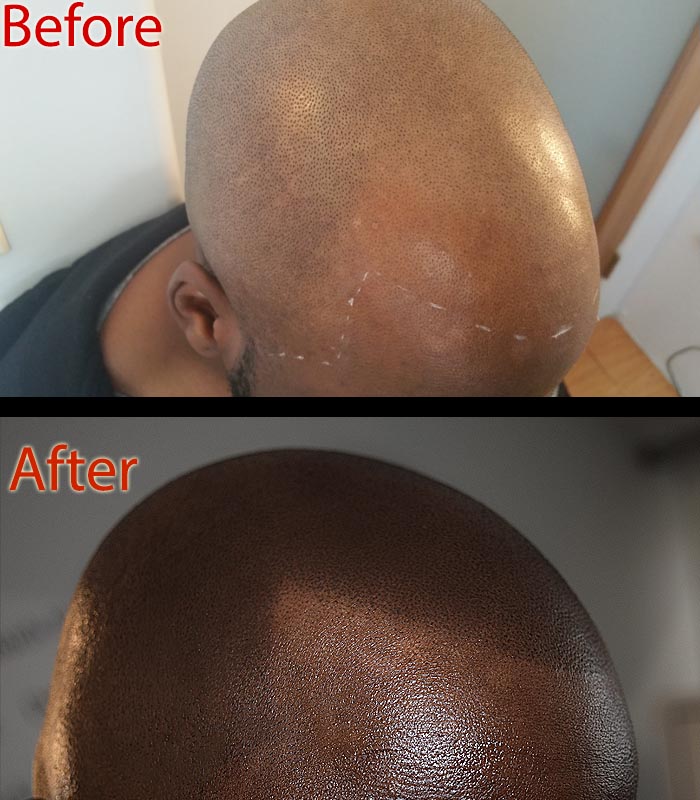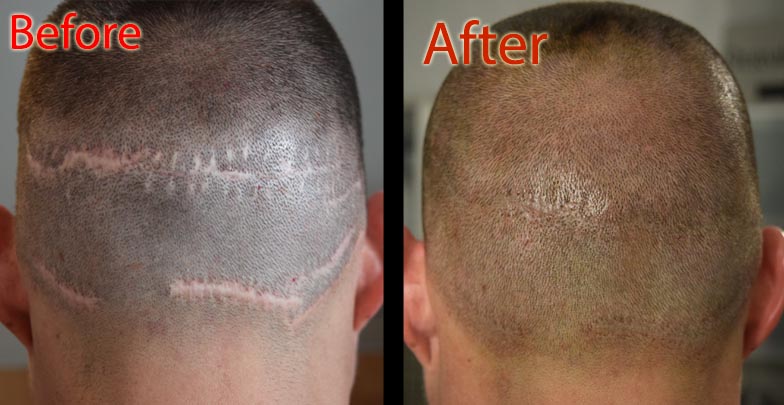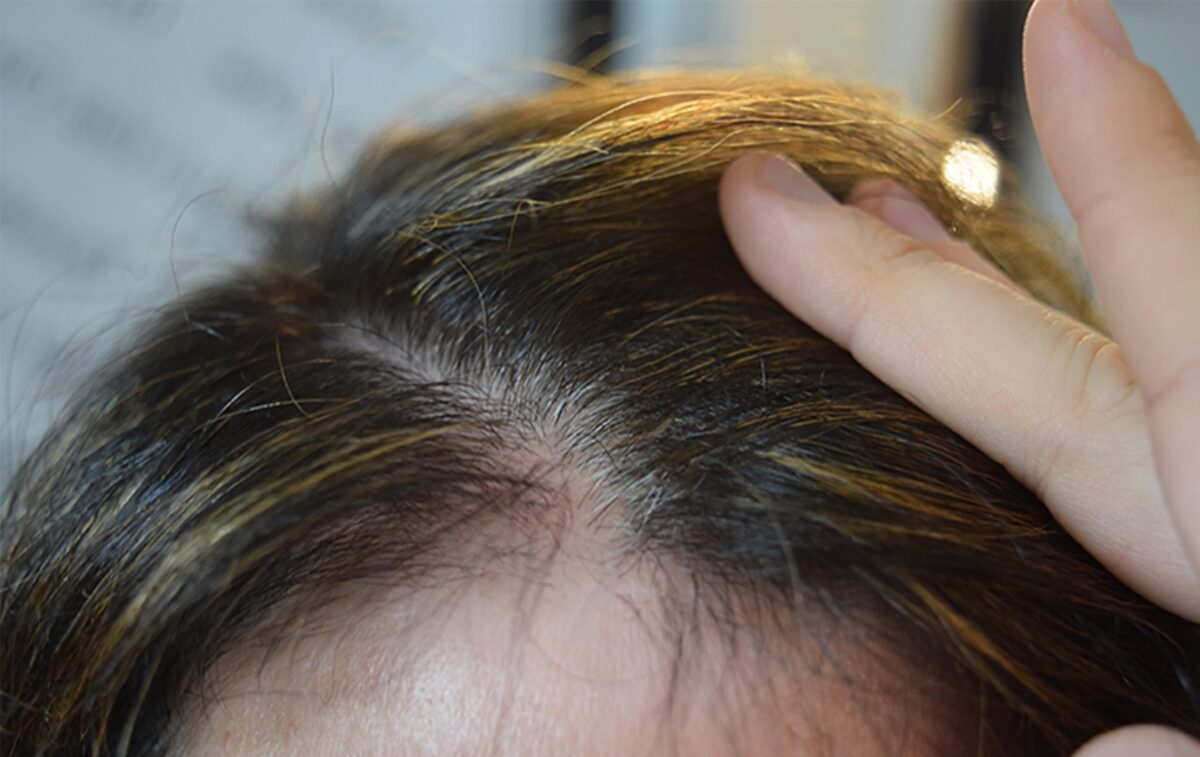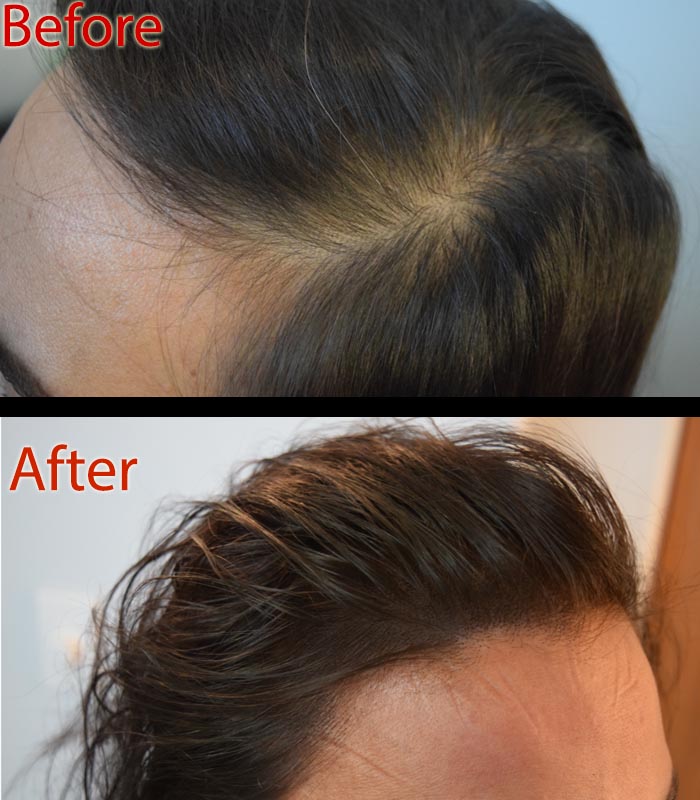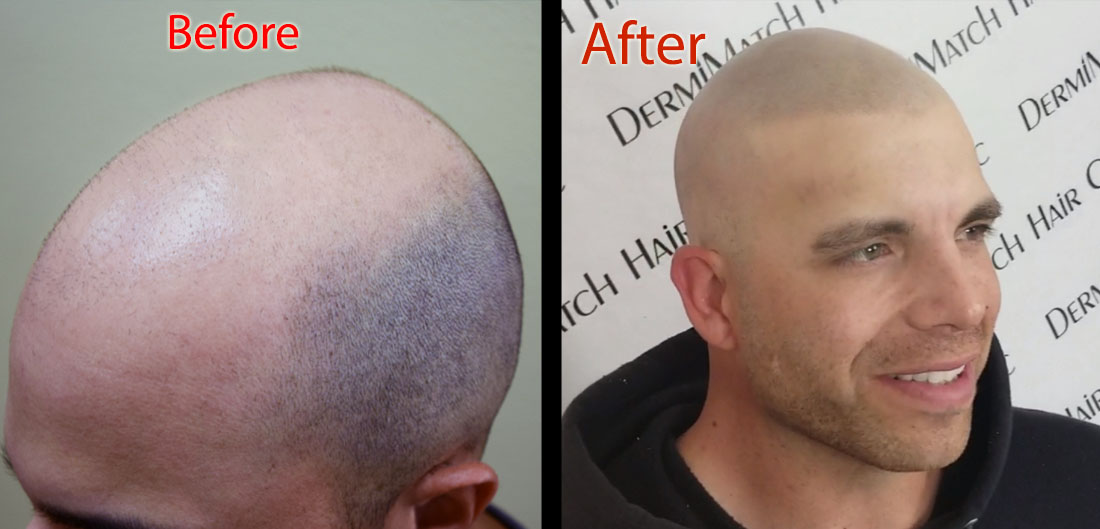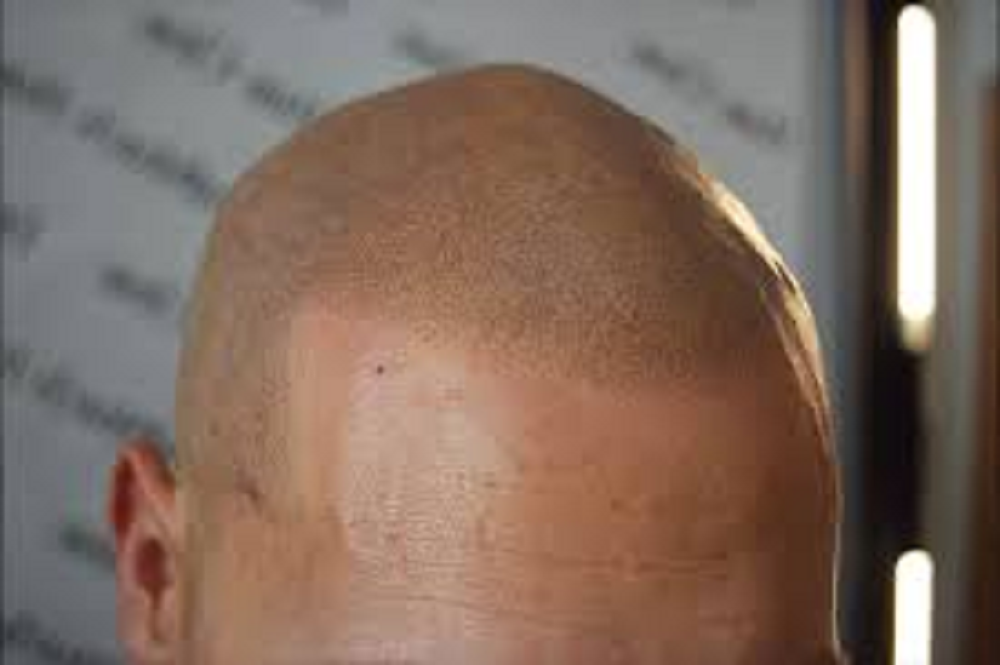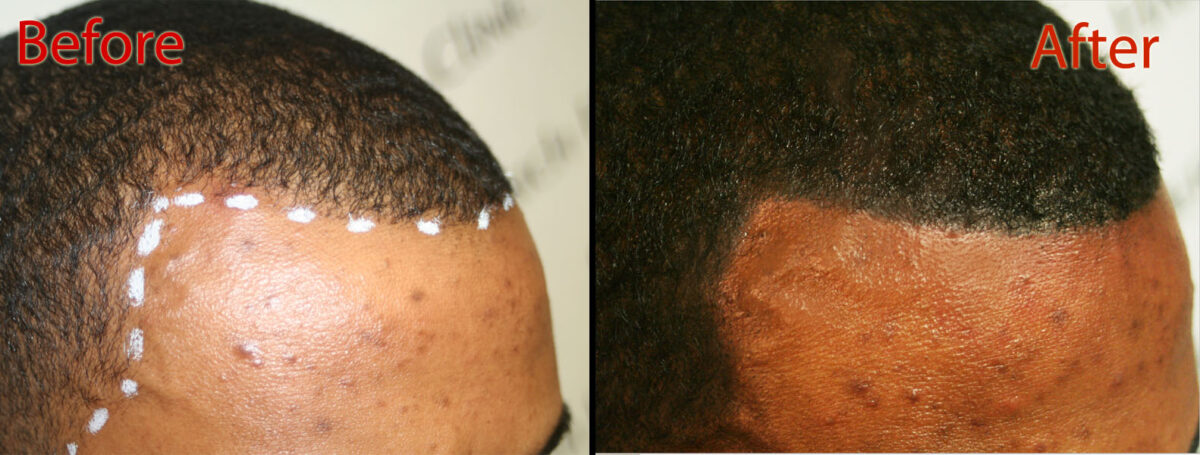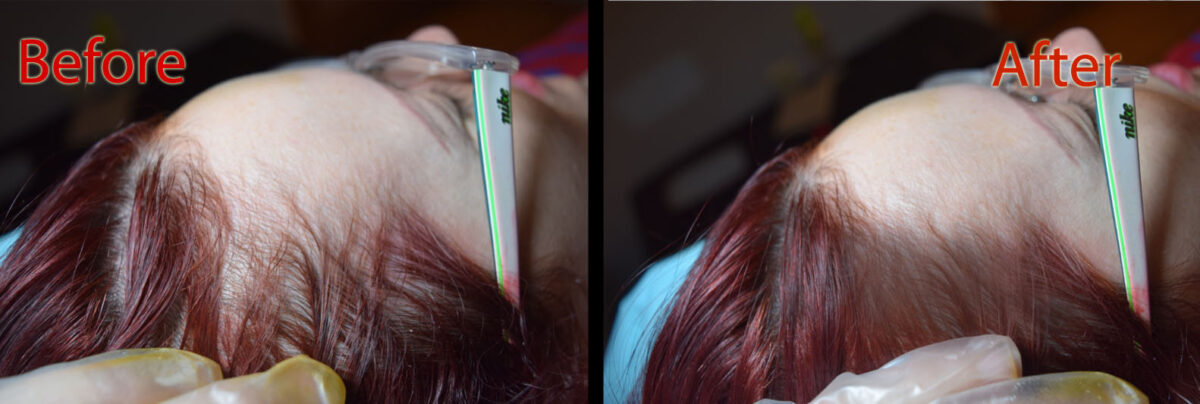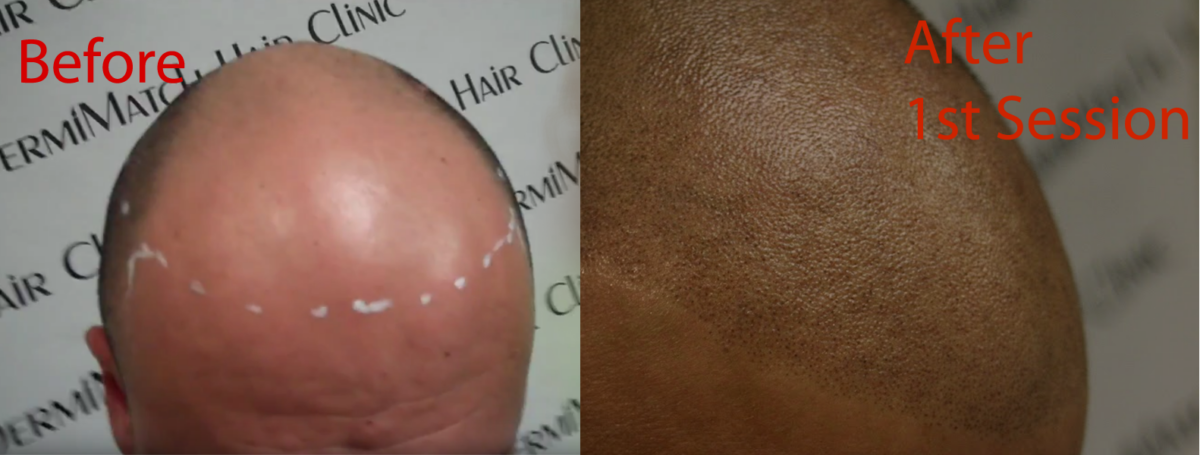Athletes face unique challenges that accelerate hair loss. Constant helmet use, excessive sweating, sun exposure, and stress from intense training create the perfect storm for hair thinning. When traditional fixes fail, SMP for athletes promises to be the ultimate solution.
Why SMP for Athletes Better?
High-maintenance hair restoration methods simply don’t work for hectic athletic lifestyles. Hair transplants require months of downtime and pose of risk of infection from sweat and contact sports.
Topical treatments like minoxidil wash off during training sessions. Hair systems slip during competition. Daily styling routines consume precious time that athletes need for training and recovery.
These conventional approaches also restrict athletic performance. Athletes can’t train at full intensity while protecting surgical sites or worrying about hairpieces on the ground. They can either worry about the sport or their hair.
Why Athlete Hair Loss Treatment Through SMP Works Better?
Scalp micropigmentation creates the appearance of natural hair follicles through micro-tattooing techniques. This type of athlete hair loss treatment delivers results that withstand the harshest training conditions without compromising performance.
SMP offers athletes immediate visual results with zero downtime. Unlike surgical options requiring weeks of healing, athletes can return to training within days. The treatment creates a natural buzz-cut appearance that looks authentic even under scrutiny.
Does SMP Damage Existing Hair During Athletic Activities?
This common concern among athletes is unfounded. SMP pigments are deposited superficially above hair follicles and never interfere with natural hair growth cycles. Existing hair continues to grow normally while SMP creates the illusion of increased density.
Professional athletes worry about treatment durability under extreme conditions. Professionally done SMP typically lasts 4-6 years before requiring touch-ups, even with daily intense training. The pigments resist fading from sweat, chlorine, and UV exposure. That’s the reason SMP for athletes is a preferred alternative hair loss treatment.
Can Athletes Train Immediately After SMP Sessions?
Athletes need clear timelines for returning to competition. After initial healing (typically 3-4 days), athletes can resume full training intensity. The treated area requires protection from heavy sweating only during the first week. Talking to your scalp artist about SMP aftercare always helps.
Is SMP Visible Under Camera Lights During Media Interviews?
Media appearances matter for professional athletes. When performed by skilled specialists, SMP remains undetectable even in high-definition cameras and close-up interviews. The micro-dots replicate natural hair root shadows perfectly.
Athletes often try natural remedies first. Special shampoos, supplements, and lifestyle changes rarely address genetic hair loss or damage from athletic stressors. When these gentle approaches fail to restore confidence and appearance, SMP becomes essential.
SMP provides consistency that athletes need. Training schedules, travel, and competition stress make it tough for athletes to maintain complex hair routines. SMP eliminates daily hair concerns.
Practical Advice: Athletes Choose SMP Specialists Over Tattoo Artists
Here lies the biggest risk for athletes seeking this treatment. The growing popularity of SMP has attracted regular tattoo artists to the field of micropigmentation. They have started offering SMP services in Arizona despite not having expertise.
Traditional tattoo equipment uses different needle depths and pigment types. Tattoo artists lack understanding of hairline design, skin tone matching, and scalp-specific techniques. Their work often looks artificial and requires expensive correction.
SMP specialists use medical-grade equipment designed specifically for scalp work. They understand follicle placement patterns, natural hairline architecture, and how different skin types respond to treatment. They maintain strict hygiene standards and provide proper aftercare protocols.
Athletes must verify credentials, review extensive before-and-after portfolios, and confirm the specialist uses proper SMP equipment. Don’t risk your appearance and career with undertrained practitioners offering cheap alternatives. That’s the difference between restored confidence and lasting regret.
Choose top Arizona SMP professionals at DermiMatch Clinic. They have a proven record of delivering professionalism and excellence in the field.

